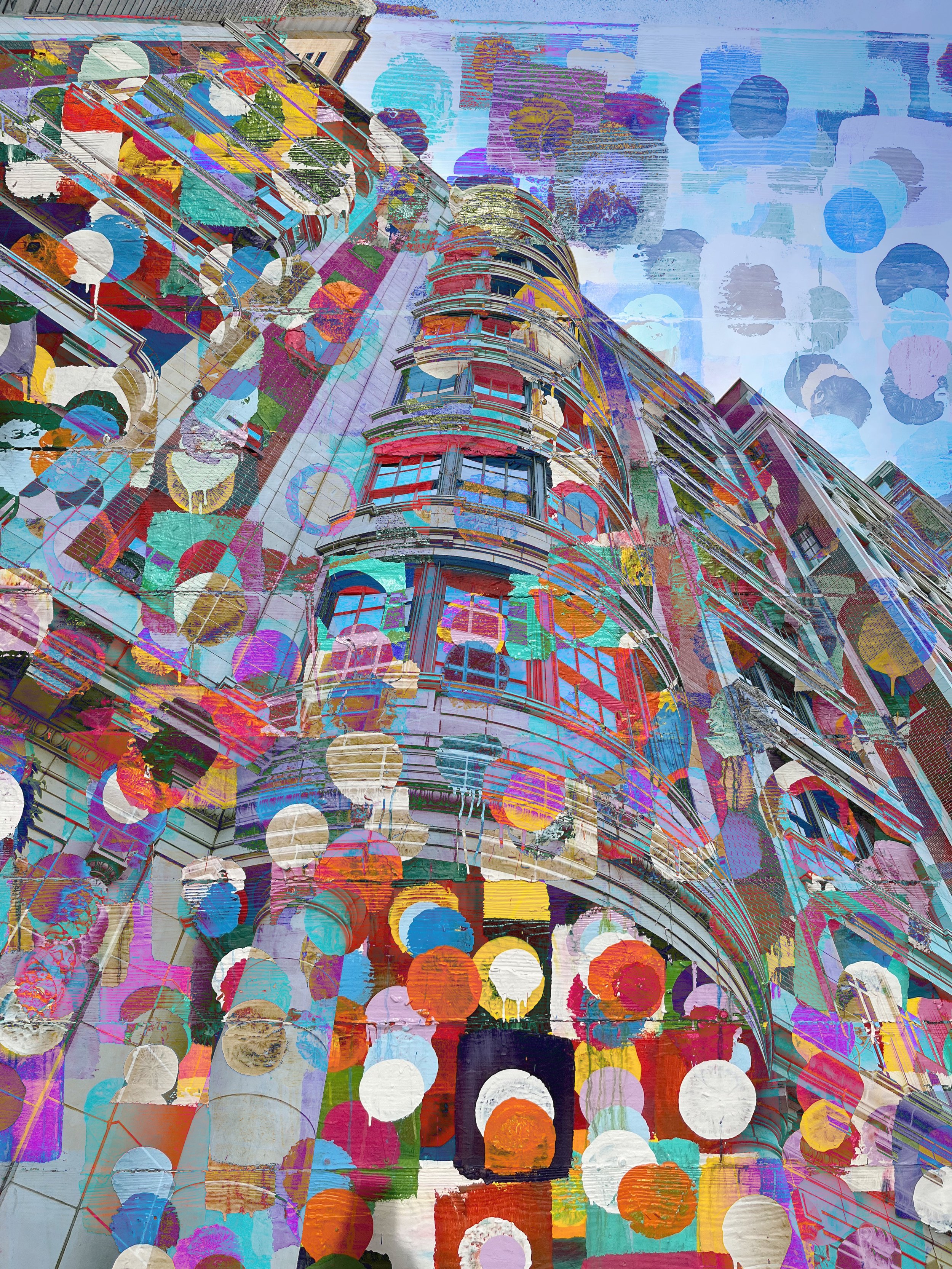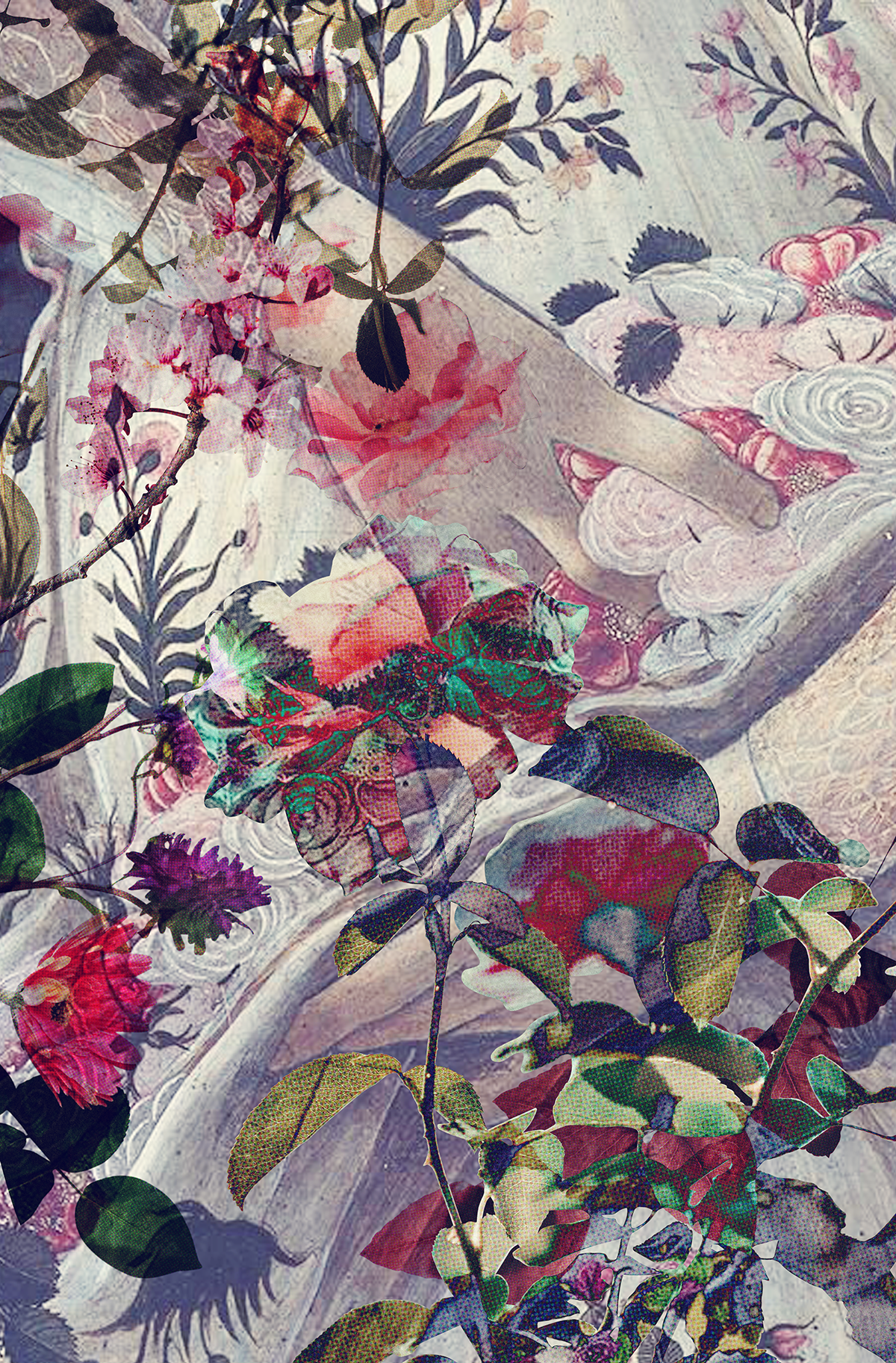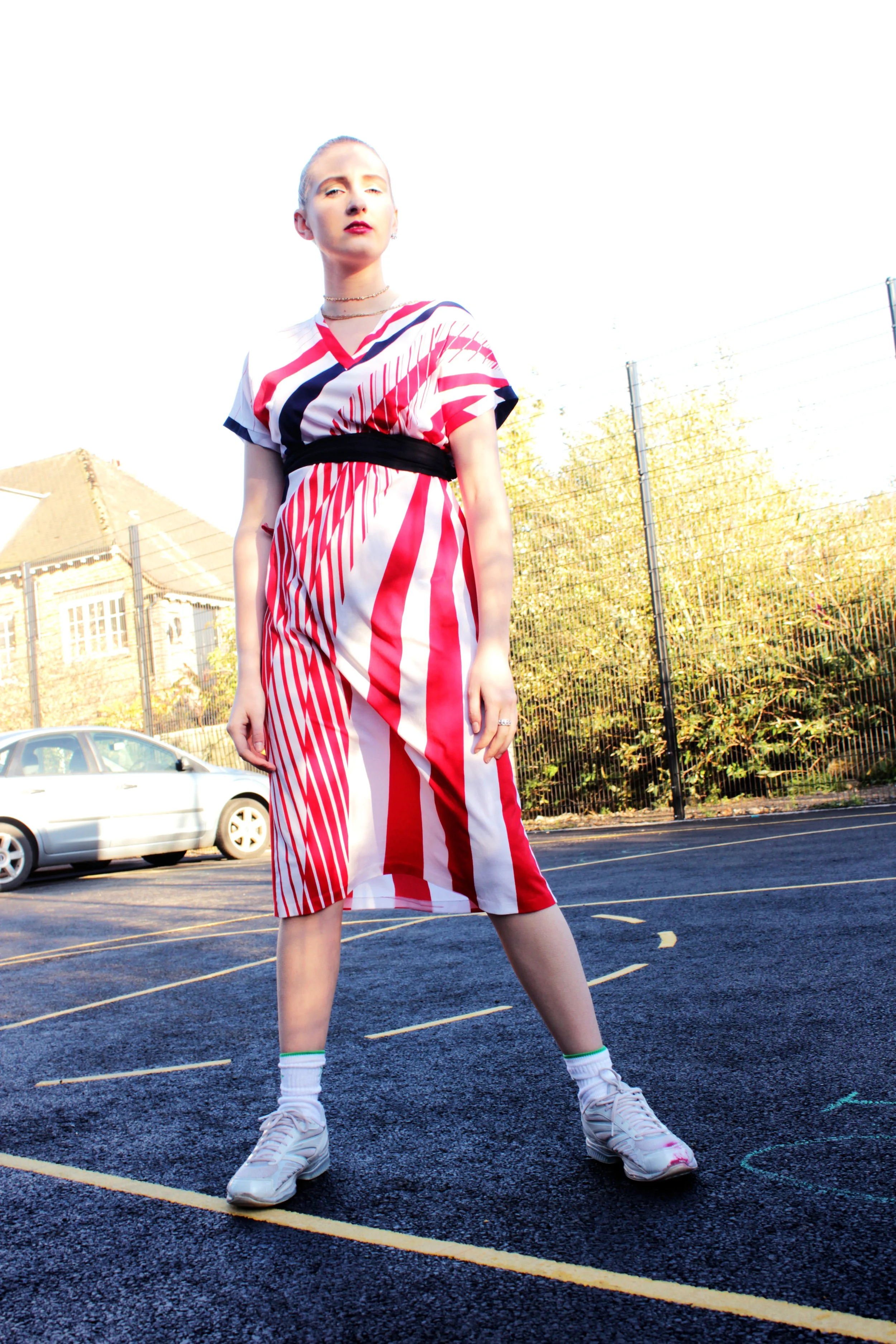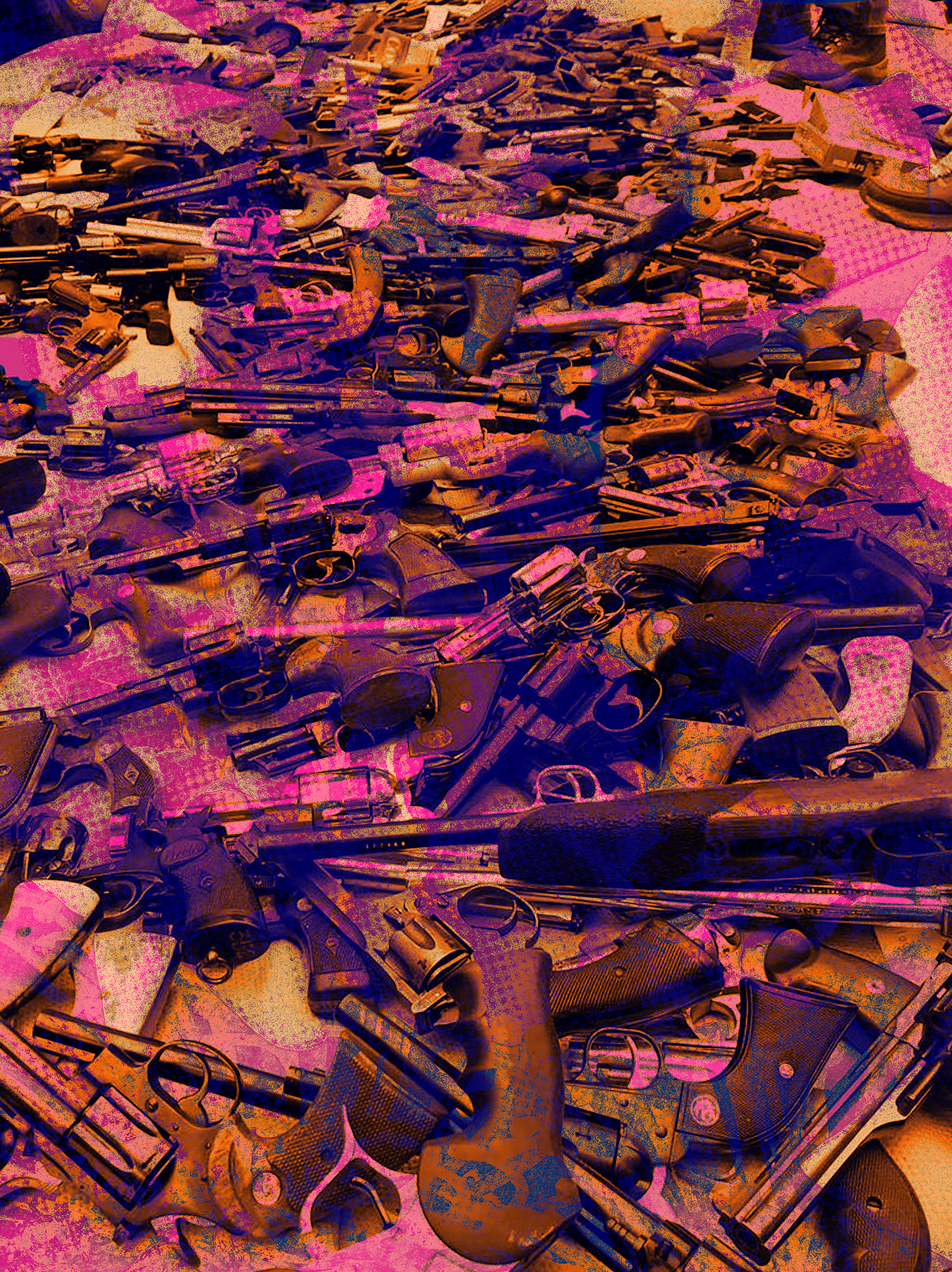louisa rogers
fashion academic, vintage expert & imagemaker
〰️
fashion
〰️
visual culture
〰️
critical pedagogy
〰️
trend commentary
〰️
digital cultures
〰️
35mm photography
〰️ fashion 〰️ visual culture 〰️ critical pedagogy 〰️ trend commentary 〰️ digital cultures 〰️ 35mm photography
what is fashion good for? it turns out, quite a lot. I use my research in fashion to encourage engagement and dialogue with complex themes, using the spectacle of fashion as a tool, rather than viewing it as a distraction from ‘more important matters.’ fashion matters, and I’m here to help people understand why.
CURATED VINTAGE SHOP
trendlistr
check out my curation of a selection of colourful, eclectic and trend-led vintage clothing with an emphasis on european designers. now with over 500 items in stock.
READ MORE
read more about my work and interests on my blog where i cover trending topics in fashion from a ‘context collapse’ perspective
MY PROJECTS
-

Colour Collective uk
CCUK is a not for profit association dedicated to the promotion and dissemination of colour education across the North East
-

photography: across america
I have been documenting the quirks, dereliction and majesty of urban and rural USA since 2010 across a range of media.
-

Context collapse
A short podcast series about how disparate things can be connected through visual culture.
Listen and read here












